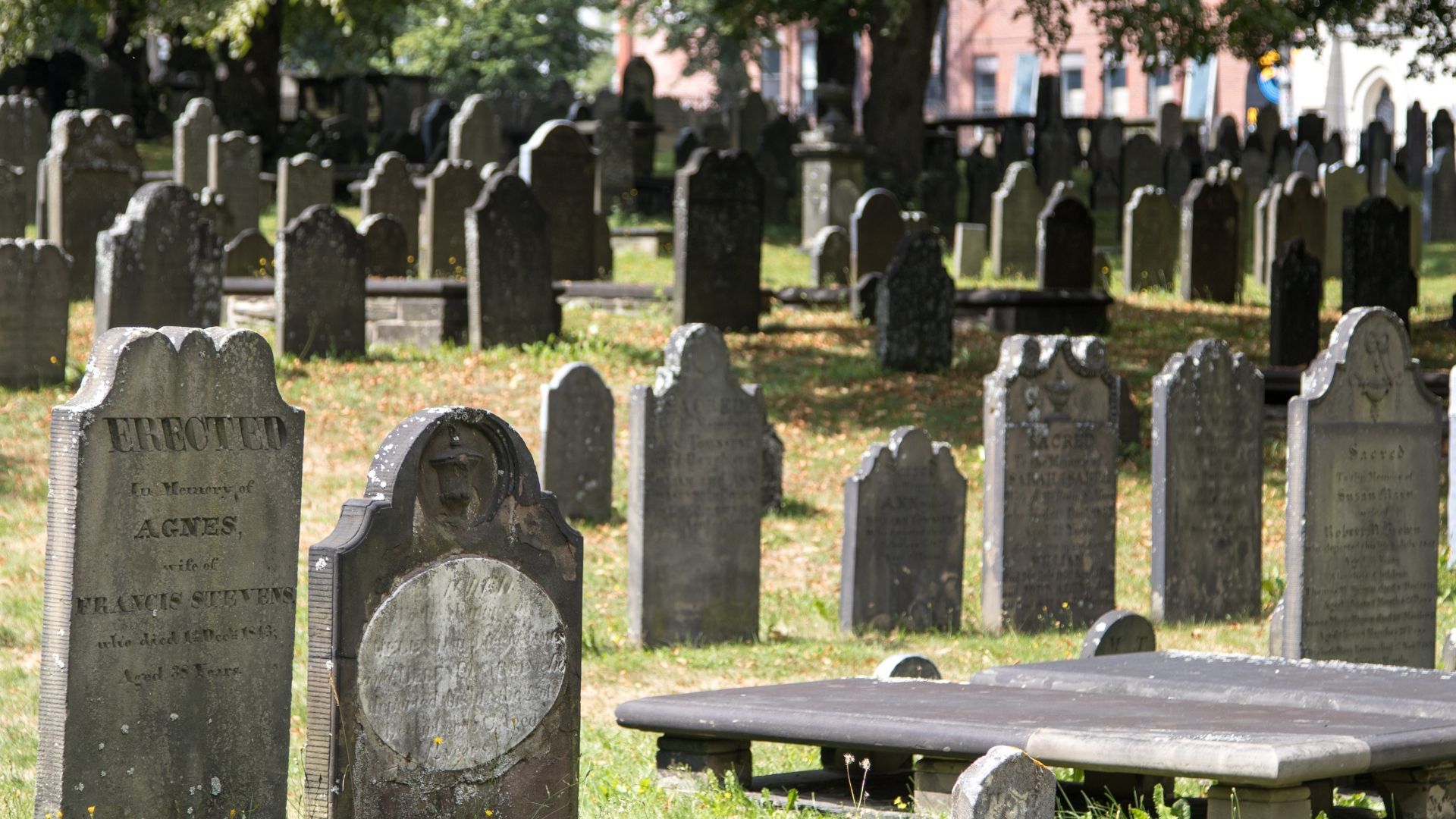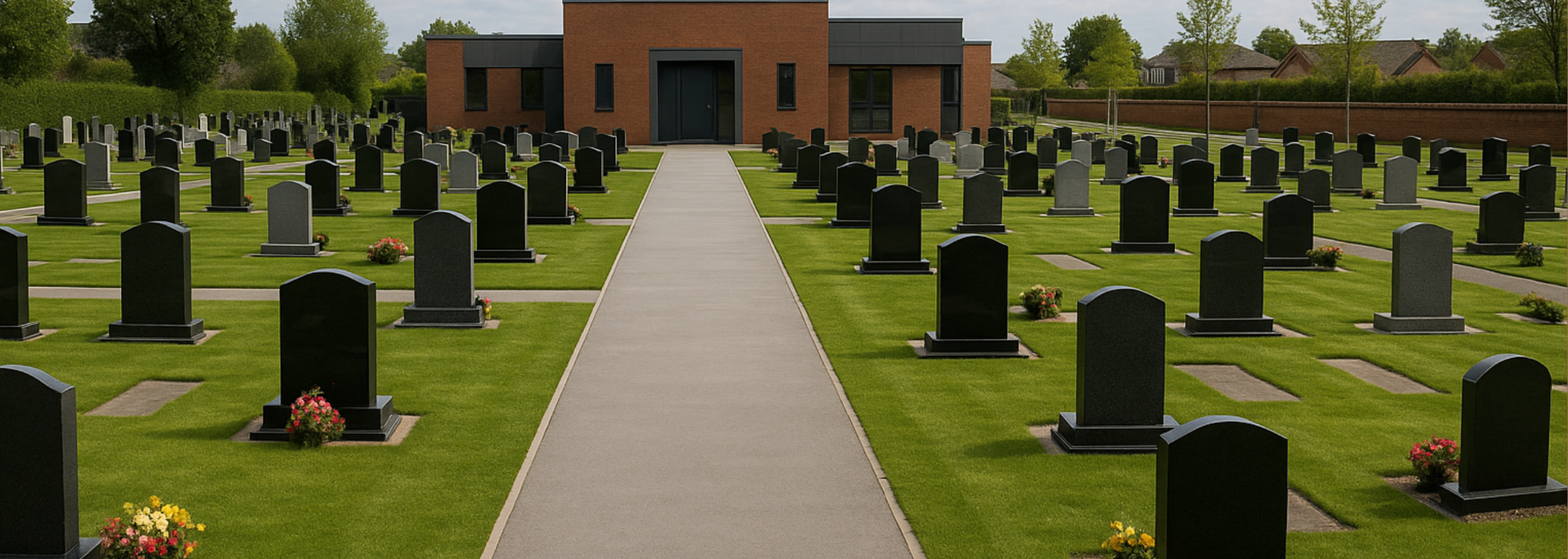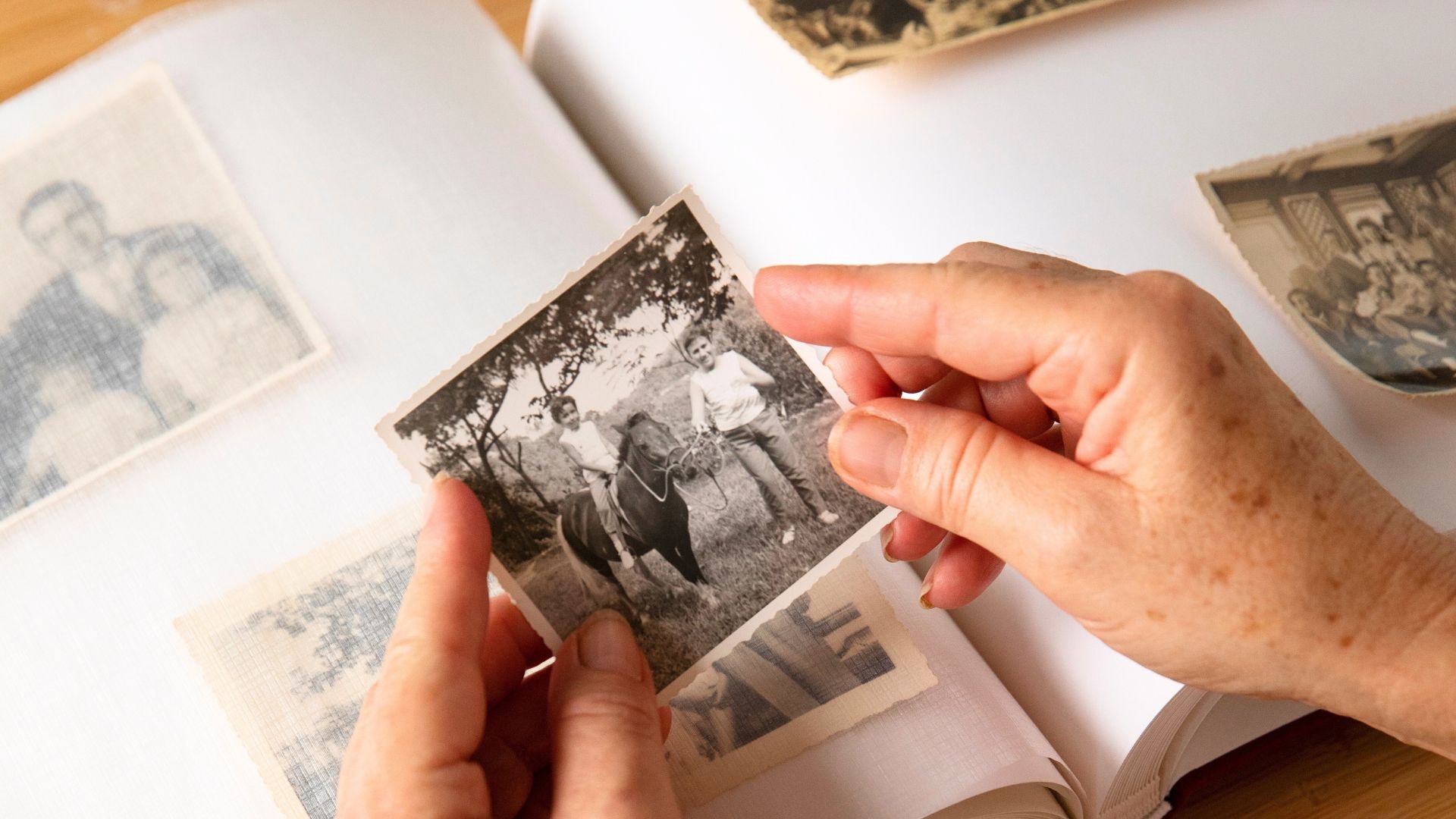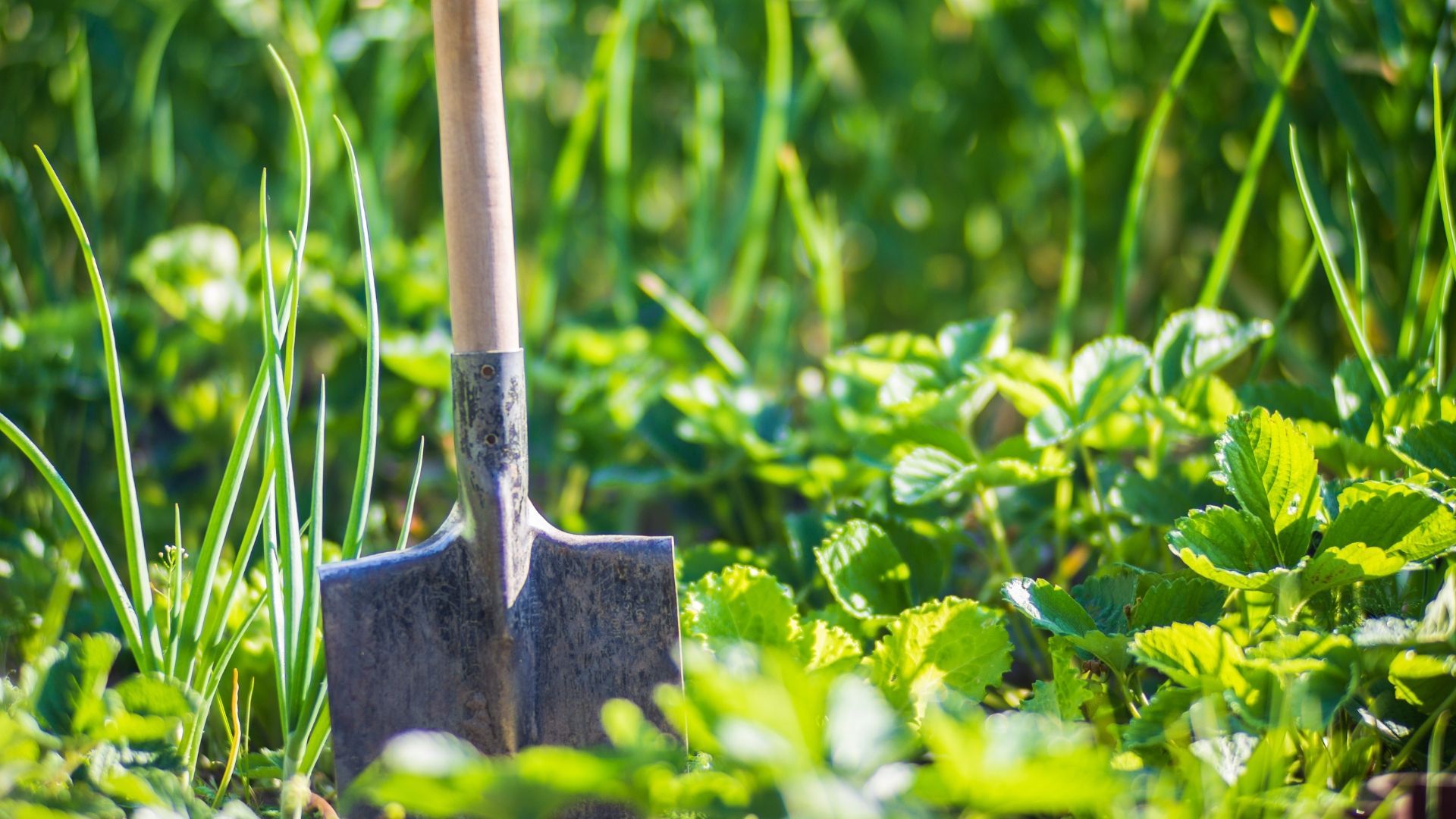What happens when a cemetery is full?
Cemeteries can run out of space for new burials. Learn what happens when a cemetery or burial ground gets full.

All cemeteries will eventually run out of space. When they do, there are no new burial plots available. This leads some cemeteries to close or be converted into beauty spots or areas for rewilding. In some parts of the UK, the available land for burial is limited.
This can be a problem for people who don't want to consider cremation, whether because of their faith, environmental considerations or some other reason.
In this article, we consider what happens when different kinds of cemeteries are full.
Family-owned plots
A family-owned plot is an area of land in a cemetery where multiple members of the same family can be buried together.
In many cases, burials are still possible in family-owned plots even when a cemetery has run out of space. As in any other cemetery, you just need exclusive rights of burial (permission to bury a person's body in the plot).
Council-owned cemeteries
If a council-owned cemetery runs out of space, the council will often continue to look after the site. The council may turn it into a rewilding area or public beauty spot. An example of a cemetery being used as a beauty spot is St Sepulchre's Cemetery in Oxford.
According to The Times, one in six councils will run out of space in their cemeteries by 2026. Possible solutions to this problem include building above-ground burial crypts and increasing the number of natural burial sites.
Councils often take responsibility for churchyards in their area, as well as cemeteries under their ownership.
Private cemeteries

When privately managed cemeteries run out of space, they stop selling new burial plots. They might buy more land and expand the cemetery. Alternatively, they might invest in niches or above-ground mausoleums.
A private cemetery might also promote cremation. This is often accompanied by the sale of urns and memorial markers.
Are graves reused?
In the UK, the House of Commons Library says, "The general position is that buried human remains may not be disturbed without specific authority." That means that you needn't worry about a person's body being removed to make space for a new burial.
However, burial authorities can "reclaim" private graves purchased more than 75 years ago. If this happens, the plot will be used for another burial. However, the original burial won't be removed to make way for the new coffin.
The rules on grave reuse are slightly different in Scotland. In neither case, however, are they likely to be a factor when looking for a burial plot for a loved one.
What is a green burial?
A green burial, sometimes known as a natural burial, is where a person's body is buried in a green space such as a meadow or woodland. These are an increasingly popular choice, partly because of the lack of space in cemeteries and the rising cost of burials.
Akshardham Funeral Directors is a London-based independent funeral home. For more information and advice, follow our blog or read our funeral planning guides.












